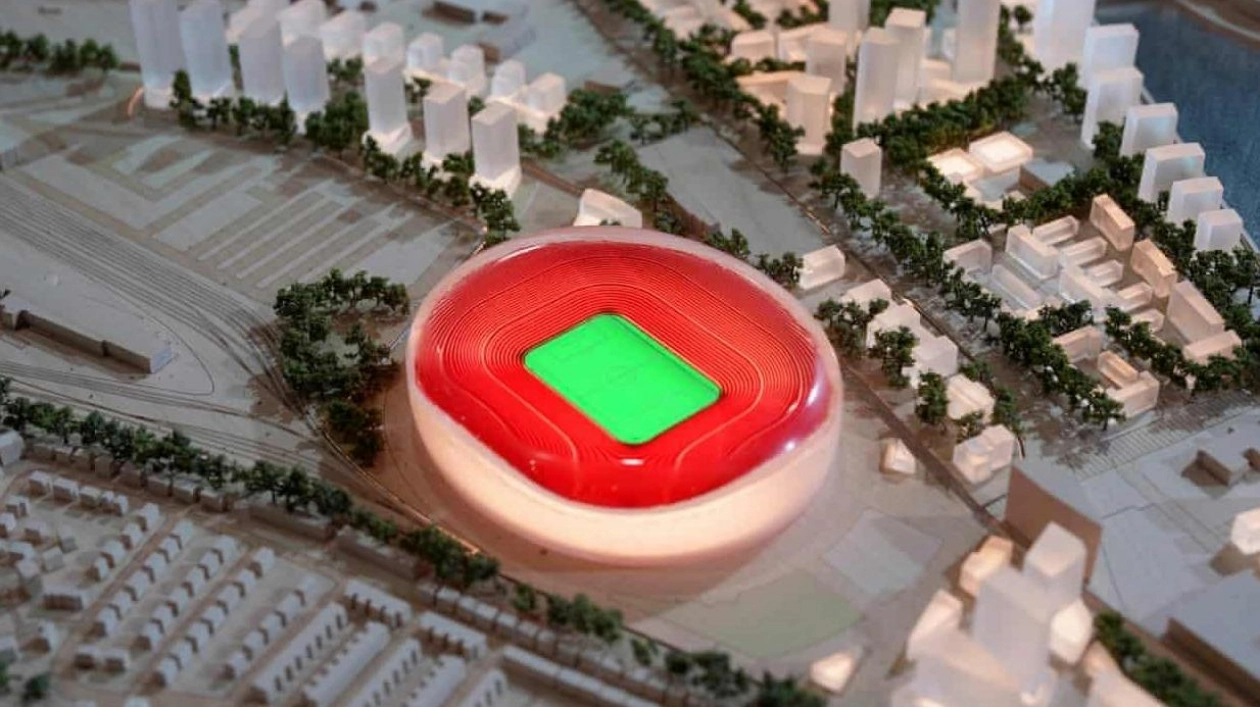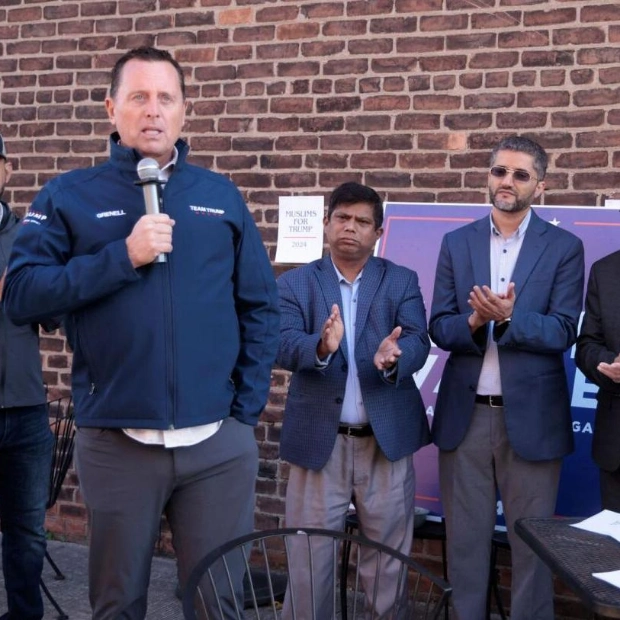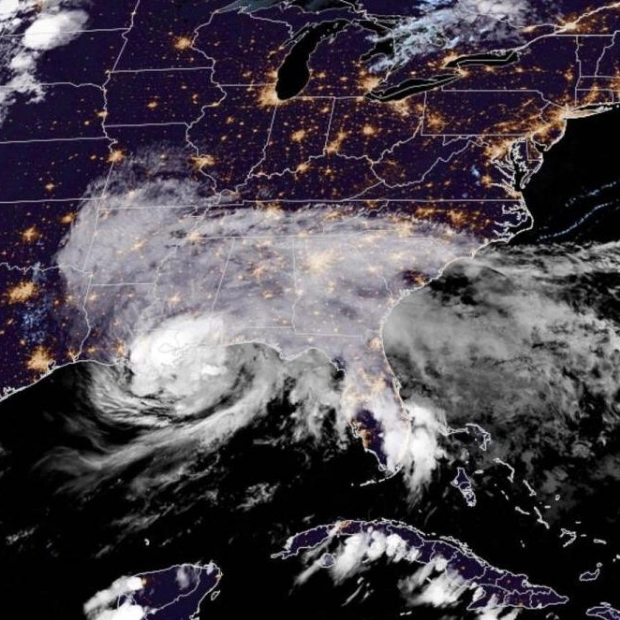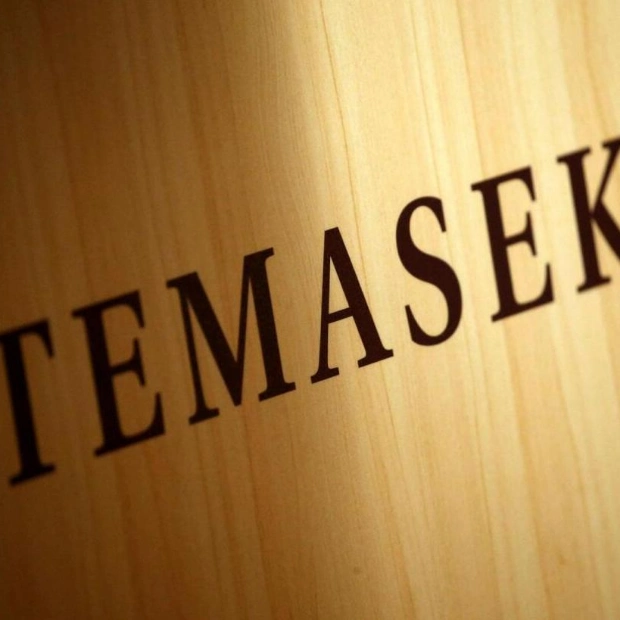The 1995-96 season marked a pivotal moment for football in Manchester. United clinched the Double while their struggling neighbors, City, were relegated in a comically disastrous fashion. Off the pitch, United solidified their dominance by completing a new North Stand, making Old Trafford the largest club stadium in England. Meanwhile, Manchester was awarded the 2002 Commonwealth Games, with a bid centered around a new, purpose-built stadium on a brownfield site. Fast-forward three decades, and the Etihad has become the home of English football's dominant force, an unstoppable team in sky blue. It's a transformation that would be hard to explain to a tracksuited, gum-chewing Alex Ferguson if you were to travel back to the mid-90s for affordable Oasis tickets. Old Trafford's North Stand is now named after Sir Alex Ferguson, but little else has changed at United's once-grand home since their glory days. The last major renovations were in 2006, and the stadium has since entered a post-industrial decline that mirrors the team's diminishing fortunes. One architect examining United's proposed regeneration plans commented on the former Theatre of Dreams: “Wiring, electrical installation ... everything is nearing the end of its useful life.”
So, about this regeneration. An idea shelved under the Glazers' full ownership was revived almost immediately after Sir Jim Ratcliffe, the new minority owner, arrived and instructed several hundred staff to clear their desks. Ratcliffe's vision is grand and ambitious – “The Wembley of the North” – but lacks specific details, such as: 1) whether it includes a new stadium, 2) what the stadium might look like, and 3) who will fund it. On Monday, we got some answers: 1) probably, 2) resembling a giant throat lozenge, and 3) not us, and not you either, we promise. At a low-key presentation in Liverpool, the mayor of Greater Manchester, Andy Burnham, and United's official chronicler of decline, Gary Neville, unveiled a 3D city-planning map reminiscent of those found in local libraries, with the bright red ‘Strepsil End’ prominently placed in the center. An accompanying video provided glimpses of a gaudy red facade, adorned with a club crest visible from space, but the focus was on the surrounding area, showcasing dark, industrial mills transformed into bustling plazas filled with Pret shops, with words like COMMERCIAL and REGENERATION floating in the air. One word notably absent: FOOTBALL.
Perhaps, in these circumstances, that's for the best. After all, the most memorable visions for new stadiums are those that far exceed reality. Who could forget Portsmouth's floating gold toilet, a CGI symbol of the reckless spending that soon relegated the club to League Two? Then there's Chelsea, who have flirted with steampunk fantasies at both Battersea Power Station and a new, brick-clad Stamford Bridge. By 2030, Nicolas Jackson will have only three years left on his contract, and the World Cup final could be held in a giant Center Parcs! All of which makes Monday's discussion about urban regeneration and freight rail relocation, and even the plan to keep Old Trafford as a scaled-down living museum, seem somewhat reasonable. At the end of the day, Ratcliffe is flexible – he just wants a big, modern football stadium that he doesn't have to pay for. And just a couple of miles from Monday's big unveiling, there's a reminder that quirky new grounds are fun until you actually have to build them.






